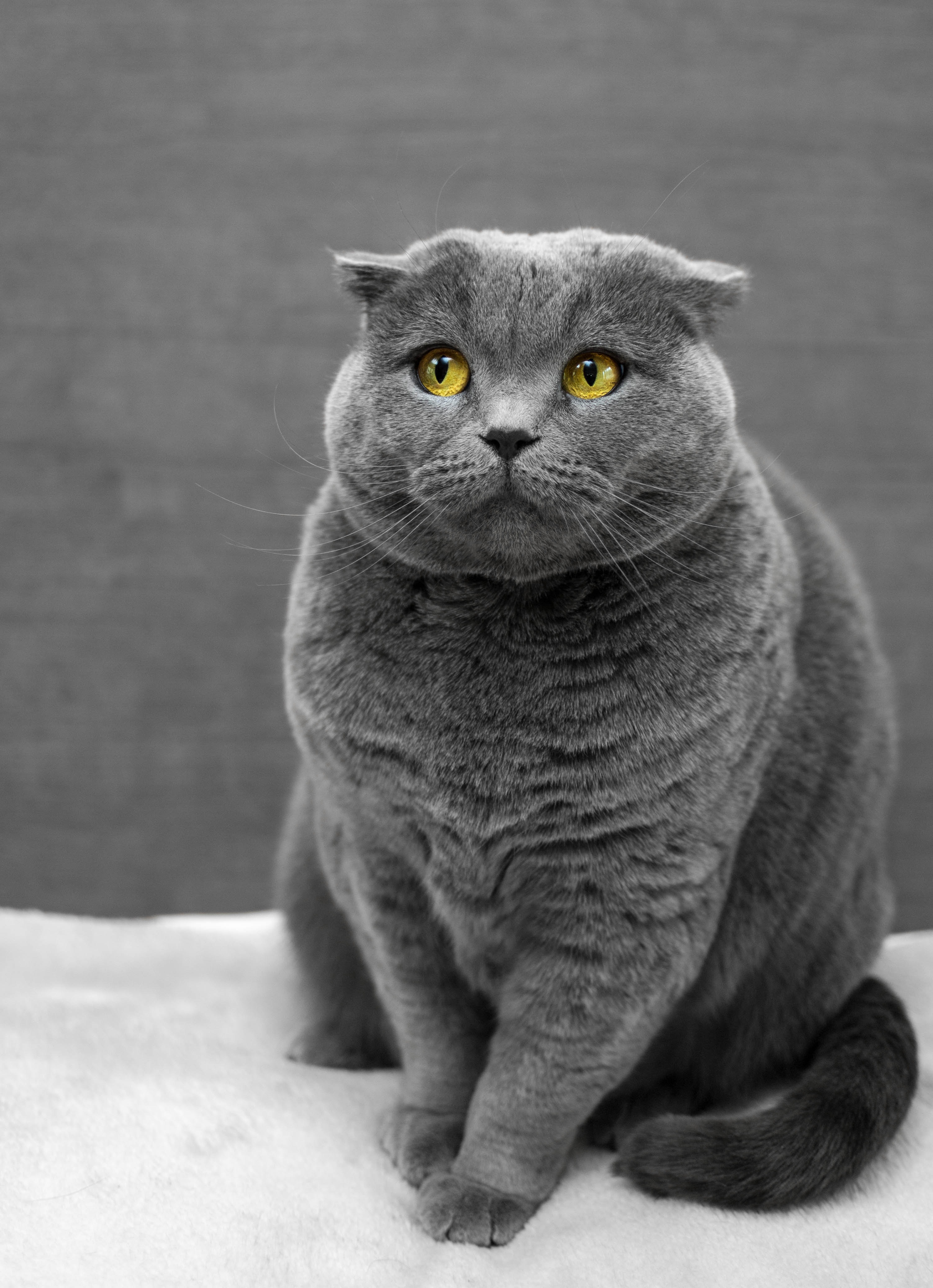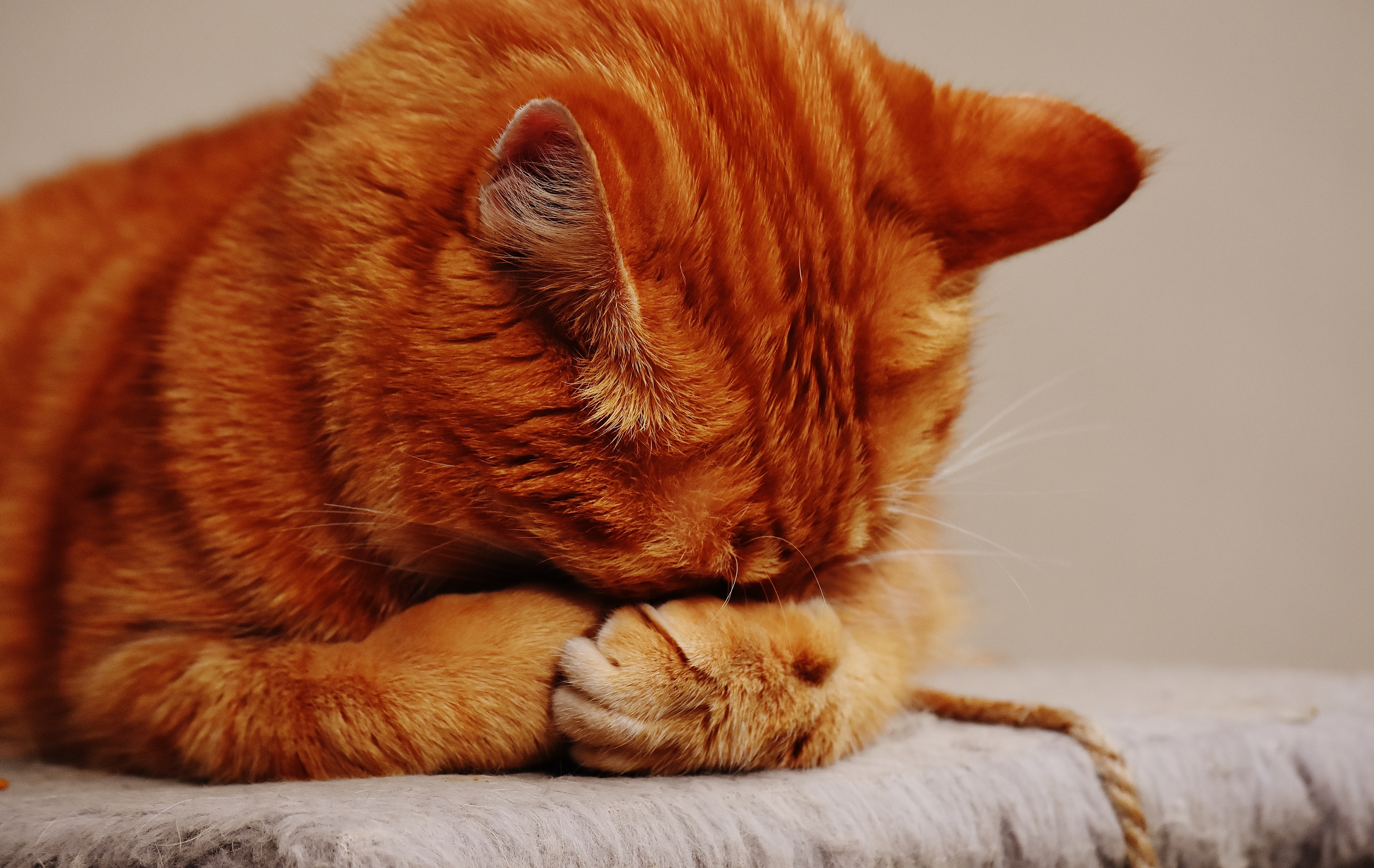Is your cat urinating outside the litter box? Don’t get mad—get him to the vet!
Feline lower urinary tract disease, also known as feline urologic syndrome (FUS) or feline idiopathic cystitis (FIC), is a general term for a variety of conditions affecting the bladder and urethra.
This condition affects the bladder rather than the kidneys, resulting in the production of tiny crystals and blood in the urine. This can cause your cat to make frequent, painful trips to the litter box—or opt to urinate in other places, such as tile floors, countertops, or bathtubs.
What Causes FLUTD?
Several underlying factors can contribute to the development of FLUTD, including urinary calculi (also called “sand” or “grit”), bladder stones, urinary tract infection, and urinary obstruction. Stress is also believed to be a primary cause of chronic urinary problems in cats. In many cases, however, FLUTD is considered idiopathic, meaning the cause is unknown.
What Are the Signs?
 Most cats with FLUTD will have blood in the urine and discomfort while urinating. The discomfort is usually mild, but can become much worse if it is not treated. Other signs include:
Most cats with FLUTD will have blood in the urine and discomfort while urinating. The discomfort is usually mild, but can become much worse if it is not treated. Other signs include:
- Frequent urination or straining, often only passing a small amount (this can be confused with constipation)
- Meowing or howling during urination
- Foul-smelling or cloudy urine
- Frequent licking of the genital area
- Inappropriate elimination (urinating outside the litter box)
How Is It Treated?
Treatment options depend on several different factors, including changes in the urine (such as the pH or concentration), the type of crystals present, clinical signs, and the presence or absence of a bladder stone or urethral obstruction.
Due to their anatomy, male cats may develop enough crystals in the urethra (the narrow tube carrying urine out of the body) to cause an obstruction. This obstruction prevents elimination of urine from the bladder, causing the cat to become very ill. This is a life-threatening emergency.
If your cat has a urethral obstruction, a catheter is passed into the bladder while he is under a short-acting anesthetic. This allows your veterinarian to flush the bladder and remove the obstruction. Your cat will need to be hospitalized for a few days until he is urinating normally and it appears unlikely an obstruction will recur.
Treatment of bladder stones may consist of surgical removal or dietary therapy, depending on the type of crystals present in your cat’s urine. Struvite crystals can be dissolved in acidic urine; therefore, a prescription diet that causes urinary acidification may be recommended. For calcium oxalate stones, however, acidification may actually make recurrence more likely, so a nonacidified diet is appropriate.
If neither bladder stones nor urethral obstruction is present, antibiotics and pain medication may be used to treat any existing infection and relieve your cat’s discomfort. If struvite crystals are present, diet may also be used to dissolve some of the crystals in the urine and hasten recovery.
Following initial treatment, your veterinarian may recommend rechecking your cat’s urine. This is very important because some cats will appear to feel much better while the urine still contains blood or crystals. If medication is stopped based on how the cat appears to feel, recurrence is likely.

What Are the Complications?
The most common complication of urethral obstruction is bladder atony. Atony means that the muscles of the bladder wall are unable to contract to push out urine. This occurs when the muscles are stretched to an extreme degree. Not all cats with obstructions develop atony; in fact, most do not. However, if this occurs, longer hospitalization is necessary. The muscles will nearly always rebound and become functional again, but this may take several days to as long as a week.
Another complication that can occur is kidney damage. While FLUTD does not directly affect the kidneys, urine may back up into the kidneys and create enough pressure to temporarily or permanently damage them if the bladder becomes extremely enlarged. If this occurs, prolonged hospitalization will be necessary to treat the kidney damage. With aggressive treatment, most cats will recover their normal kidney function.
It should be noted that both complications are the direct result of an enlarged bladder. These problems may be prevented by prompt recognition of the disease and appropriate veterinary care.
Can FLUTD Be Prevented?
Diet adjustments may help minimize recurrence, depending on the type of crystals found in your cat's urine. Stress reduction is also important for cats with chronic or recurrent cystitis.
If your cat is experiencing any signs of FLUTD, please contact us or schedule an appointment right away.

